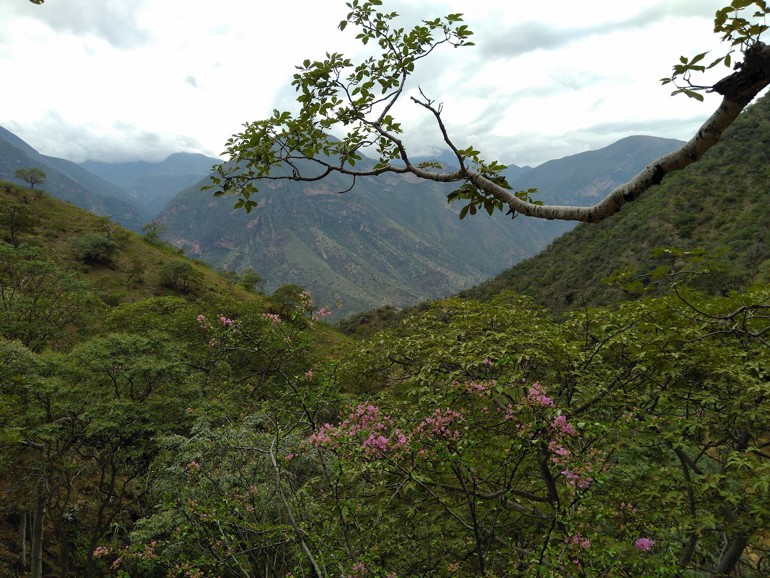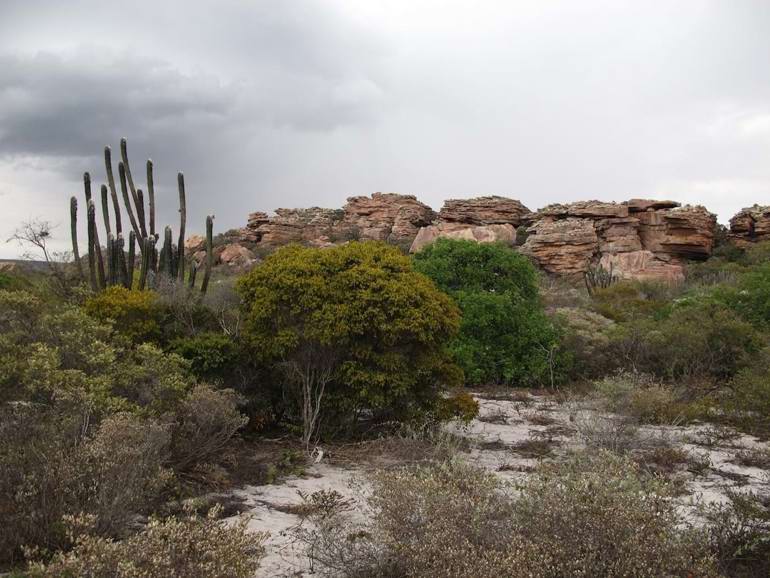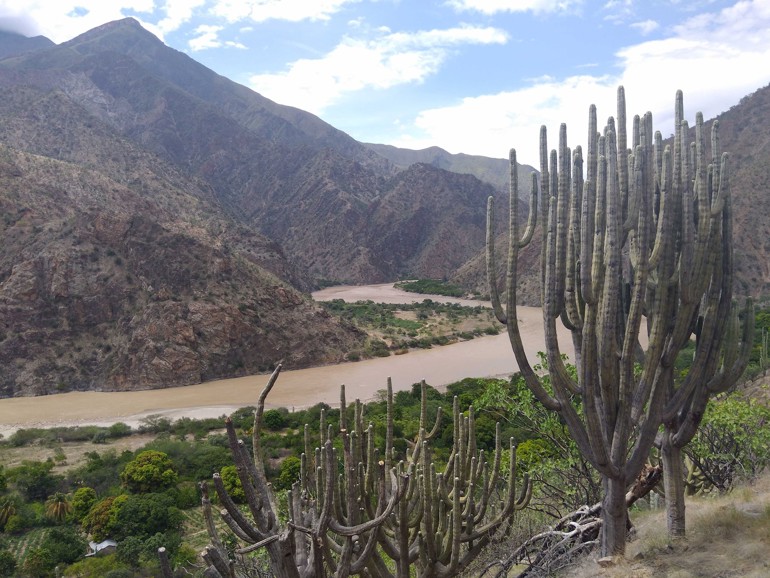Seasons are often considered to be a phenomenon of temperate zones. But tropical regions also have regular, distinct seasons, caused by patterns of rainfall, drought, fire and even frost.
In fact, around half of the world’s tropics are too dry during parts of the year to support rainforest and instead are home to dry forests and savannas. These often-overlooked and highly-threatened tropical lowland dry biomes are incredibly diverse: in South America, dry forests and Cerrado (savanna) together contain an estimated 9,000 tree species, compared to just 6,700 in the continent’s rainforests.

Amazing adaptations
Seasonal environments demand great adaptability. For instance, many dry forest herbs, shrubs and even trees produce underground tubers storing water and nutrients, an adaptation to seasonal droughts, frosts, or both. Some tree species react to seasonal drought by shedding leaves in the dry season, producing new ones incredibly quickly - within just four days – when the rains return. Others retain their leaves through the dry season, but are able to toughen and fill them with bitter-tasting chemicals as defence against water loss thirsty and herbivores.
Understanding more about these plants and habitats – already well adapted to extreme conditions - could provide vital potential solutions to climate change in a world facing more erratic rainfall, extended droughts, and increasingly severe fires.
RBGE works with a network of scientists across many seasonal biomes in the tropics – from Caatinga dry forests and scrublands in Brazil to the grasslands of Madagascar, to document, monitor and protect these important biomes. Together we develop new methodologies to classify, map and monitor seasonal biomes, which can be applied across in the world. Combined with climate change predictions and data on changing land use (including plantation agriculture, cattle ranching, fuelwood collection and development), this will help us to better understand the threats faced by seasonal habitats and their species.

Extraordinary richness
In Peru, scientists from RBGE and with the University of San Marcos, supported by the British Council Newton Fund, are working to document the highly diverse dry forests of the Marañón Valley. These forests provide vital water supplies, stabilise soils, and help maintain the health of the Amazon River, far downstream.
So far, they have identified over 1,300 vascular plant species, of which at least 25 percent - over 350 species – are found nowhere else in the world. For woody plants, as many as 33 percent are unique to the Marañón. This incredible plant diversity supports a wide range of animals, including South America’s largest gecko and at least 16 bird species found only here.
Dry forests’ remarkable richness is partly attributable to their isolation: multiple steep-sided mountain valleys stimulate evolution of many separate plant lineages. However, these forests are now being fragmented into even smaller – and potentially unsustainable – patches by human activity. Their fertile soils make them prime targets for agriculture, and many have been reduced to just 10 percent of their original extent. Seeds collected by our Marañón team will be used in ex-situ conservation programmes, helping protect these rare plants from extinction.
Find out more about our work in South America’s seasonally dry tropical forests in our short films, available in English, Spanish and Portuguese.

Tracking changing seasons in Scotland
Climate change is a real threat to seasonal ecosystems, where the timing of events such as flowering and fruiting can be tied closely to the life cycles of animals, meaning small changes can disrupt entire food webs. Building on a history of recording first flowering dates beginning in the nineteenth century, today our phenology programme is carried out by a trained and dedicated team of volunteers monitoring hundreds of species in the RBGE Living Collections, three times a week.
Phenology data is integrated with global databases and weather records, including from our own on-site Met Office weather station. Elsewhere, we help coordinate the African Phenology Network, bringing together ecologists and meteorologists throughout Africa to build knowledge of the climatic drivers of plant productivity and reproduction and to provide an open evidence-base to predict and mitigate the effects of climate change on the continent.
Learn more about plants and climate change with our free online course.

